Its quite nice. I have been half tempted to make a twtxt client with it
@shreyan@twtxt.net first you must clearly explain what a monad is.
@prologic@twtxt.net because the downside of over-leveraging yourself is you lose your house.. or more.
in the matter of political voice in the US money is speech and therefore companies use their “free speech” to donate and gain access to politicians. Therefore companies are people. Thanks a lot “citizens united”
it is an addon in the download tool. Or you can use xcaddy to build it in.
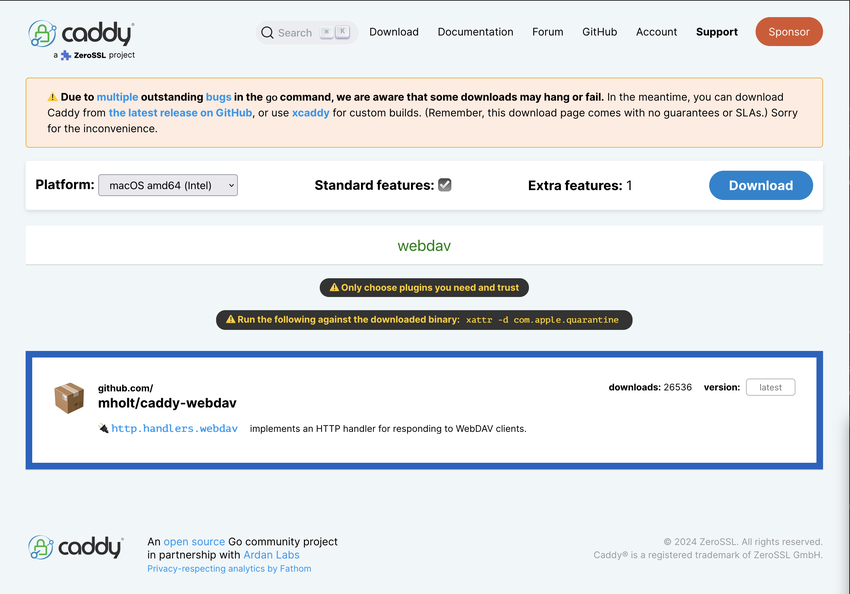
its a notebook tool like evernote. @sorenpeter@darch.dk linked it above: https://joplinapp.org/
and you can even mount it on windows/linux/os x!
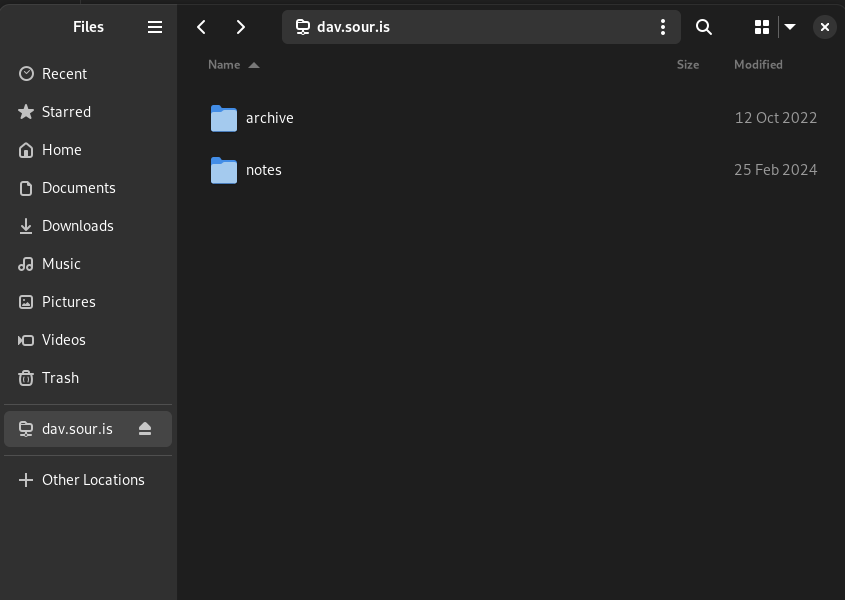
password is generated using caddy hash-password
https://dav.sour.is {
tls jon@xuu.cc
basicauth /xuu {
xuu $2a$...
}
webdav * {
root /var/www/dav
}
}
yup! just need to add the webdav extension and configure it up a path and user/pass. caddy handles everything else.
UDF is where its at. Not some silly red or blue book that cant even have more than 8+3 filenames!
@mckinley@twtxt.net its hosted on the mini at home and ingress is handled through my MTR vm.
@mckinley@twtxt.net for me:
- a wall mount 6U rack which has:
- 1U patch panel
- 1U switch
- 2U UPS
- 1U server, intel atom 4G ram, debian (used to be main. now just has prometheus)
- 1U patch panel
- a mini ryzon 16 core 64G ram, fedora (new main)
- multiple docker services hosted.
- multiple docker services hosted.
- synology nas with 4 2TB drives
- turris omnia WRT router -> fiber uplink
network is a mix of wireguard, zerotier.
- wireguard to my external vms hosted in various global regions.
- this allows me ingress since my ISP has me behind CG-NAT
- this allows me ingress since my ISP has me behind CG-NAT
- zerotier is more for devices for transparent vpn into my network
i use ssh and remote desktop to get in and about. typically via zerotier vpn. I have one of my VMs with ssh on a backup port for break glass to get back into the network if needed.
everything has ipv6 though my ISP does not provide it. I have to tunnel it in from my VMs.
@bender@twtxt.net It is the new “politically correct”. Something that was used to describe acting in a more civilized way with one another. Turned into a scapegoat for the other side to label, demonize, and attack.
My email is such a cluster of noise. The only time i actually use it is to find out I have to do my security training or something. All communication is slack now days.
well @username@username rather…
yarnd does not do auto discovery via webfinger though.. i cant put @username and have it fetch the feed url from webfinger. to fully make feeds portable. would also need to be able to use that for hashing.
and then i have a compact version that makes things more grep’able in scripts.
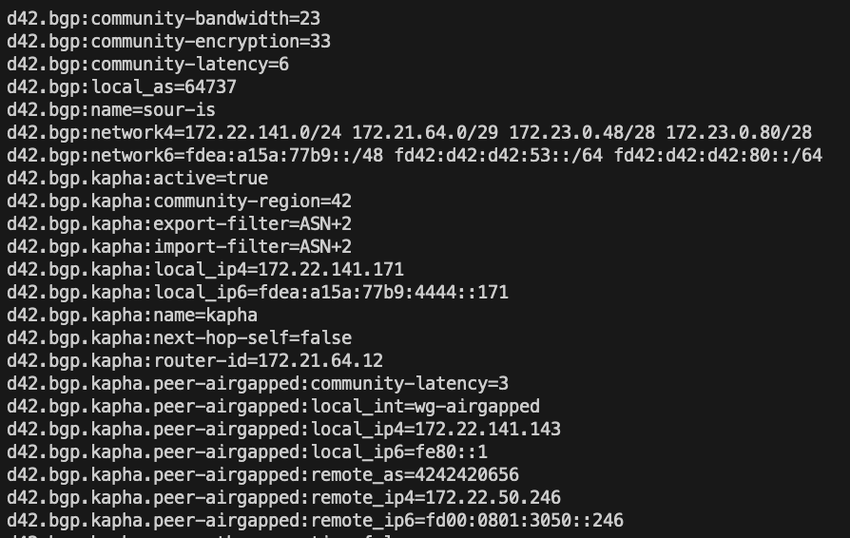
You can’t catch the kill signal. Should this be syscall.SIGTERM instead of os.Kill, xuu? https://git.sour.is/sour-is/go-paste/src/branch/main/main.go#L21
You are totally right.. i think i was going for SIGTERM and SIGQUIT
I can query the configurations a few different ways. i can request the specific name foo.bar or a glob like foo.* or trace the hierarchy trace:some.deep.name.space which will give me the namespaces some, some.deep, some.deep.name, and some.deep.name.space. These can be combined.
@lyse@lyse.isobeef.org its a hierarchy key value format. I designed it for the network peering tools i use.. I can grant access to different parts of the tree to other users.. kinda like directory permissions. a basic example of the format is:
@namespace
# multi
# line
# comment
root :value
# example space comment
@namespace.name space-tag
# attribute comments
attribute attr-tag :value for attribute
# attribute with multiple
# lines of values
foo :bar
:bin
:baz
repeated :value1
repeated :value2
each @ starts the definition of a namespace kinda like [name] in ini format. It can have comments that show up before. then each attribute is key :value and can have their own # comment lines.
Values can be multi line.. and also repeated..
the namespaces and values can also have little meta data tags added to them.
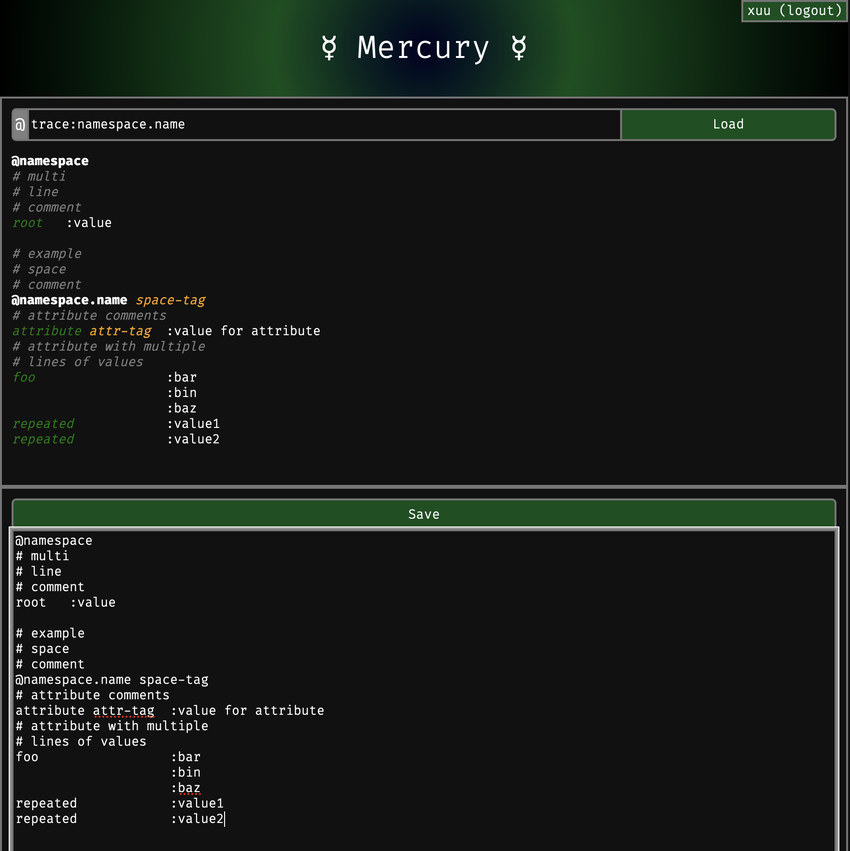
the service can define webhooks/mqtt topics to be notified when the configs are updated. That way it can deploy the changes out when they are updated.
[foo] [foo.bar] [foo.baz]) and it just feels confusing to me, even with indentation. Simple INI files are okay.
@mckinley@twtxt.net Don’t forget the syntax for arrays of sets [[foo.bars]] [[foo.bars]] [[foo.bars]]
@lyse@lyse.isobeef.org i made my own :D
I do prefer toml for the old school ini style with added support for object lists.
my second would be hjson or any other json with comments style.
how would that work with your encryption keys? you send them to a server that hopefully you control?
@movq@www.uninformativ.de Haha! yeah sounds about like my HS CS program. A math teacher taught visual basic and pascal. and over on the other end of the school we had “electronics” which was a room next to the auto body class where they had a bunch of random computer parts scavenged from the district decommissioned surplus storage.
The advanced class would piece together training kits for the basic class to put together.
@quark@ferengi.one pascal was high school for me 10th grade. I remember making an over the top Yahtzee game with text windows and everything. My instructor got mad at me because it was a ton of pages printed out to review.
I finished my data structures classes with C++ and the next year they changed it out with Java. When i transferred up after my assoc degree it was C++ using the counter-strike source game engine.
@movq@www.uninformativ.de before this century. Back when colleges taught C++ instead of Java for CS degrees.
@lyse@lyse.isobeef.org Yeah the func in func threw me off.. The generic type iter.Seq[V] does make things a bit more clear though.
Things can get very interesting when we add the iter.Pull function in the mix. It works like pythons yield from.
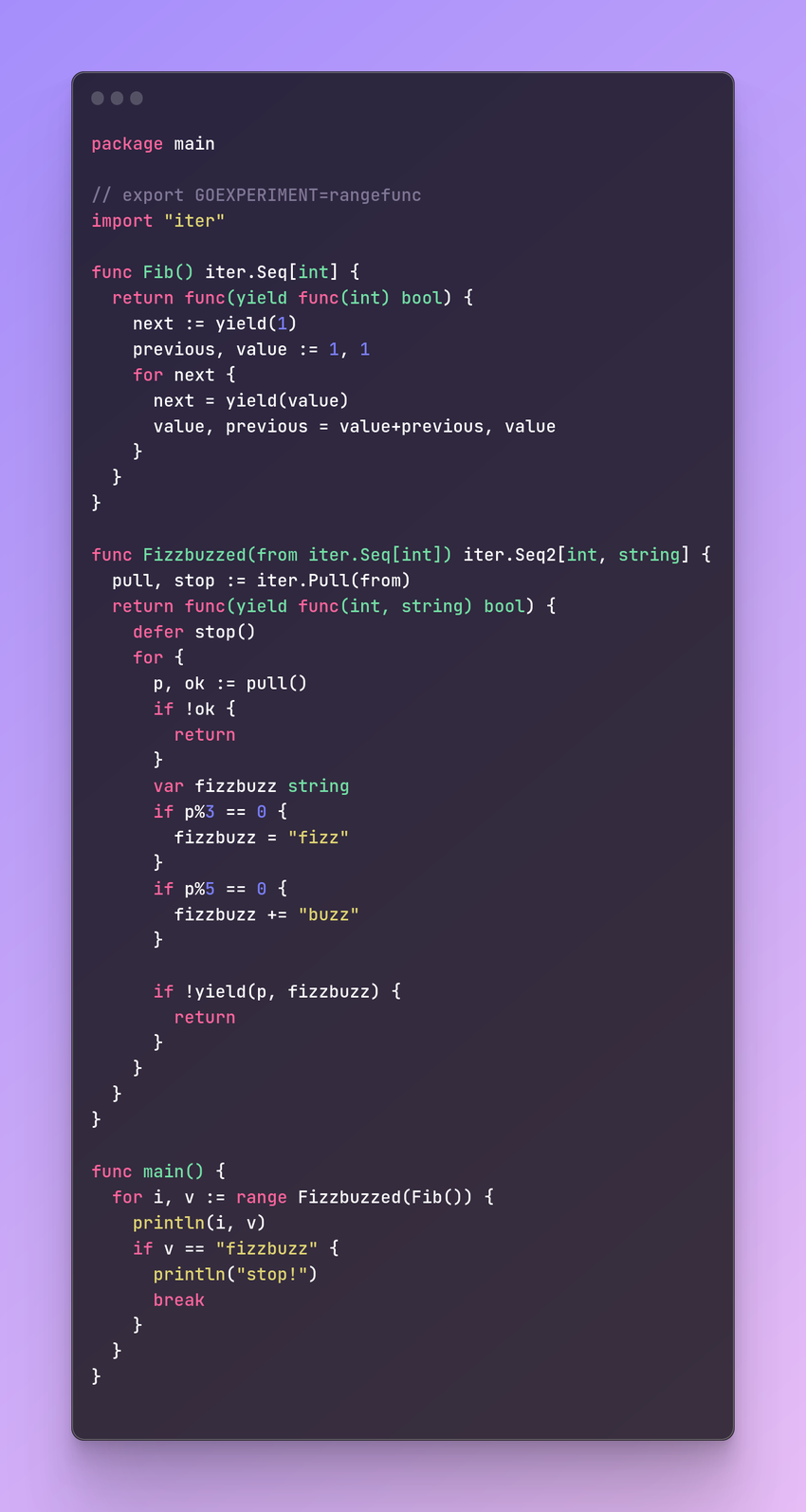
I would love to see a world where ones twtxt feed is defined by webfinger. So @xuu@txt.sour.is => https://text.sour.is/user/xuu/twtxt.txt
Then my identity can exist independent of the feed location. And I can host multiple protocol types for my feed. Ie. http/gopher/Gemini/irc DCC/etc
the function can yield two values to include an index.

The range function can signal when to stop running by returning false from the yield function.

Go 1.22.0 introduces a new experiment for range functions. Have you tried them out? What do you think it can make easier to accomplish?
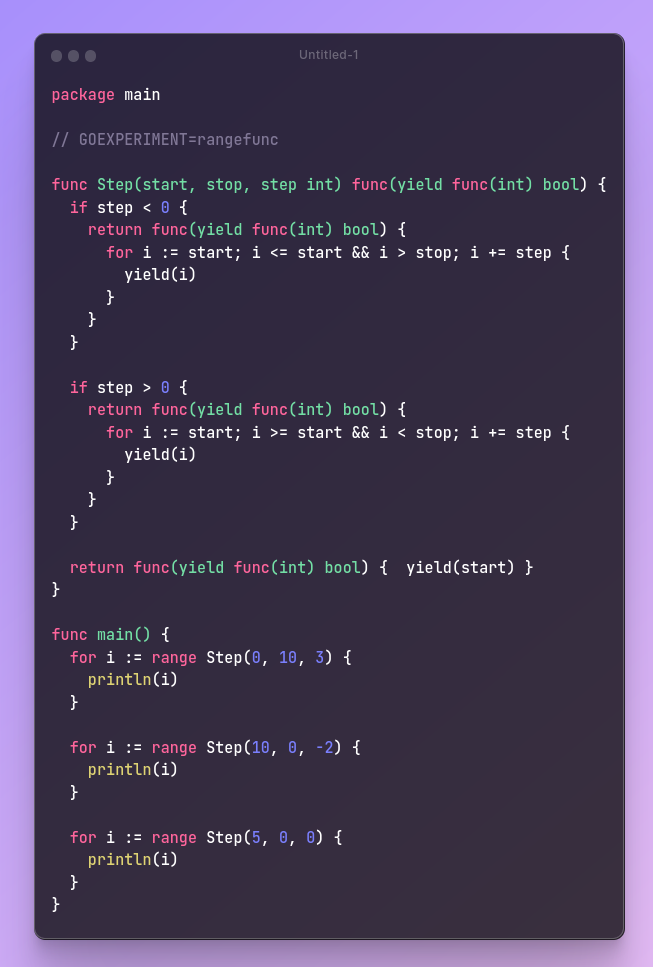
@movq@www.uninformativ.de NASM is great. I remember playing with it back in my HS days. It has lots of little helps to make assembly more approachable.
anthony.buc.ci account. I am assuming these kind of bugs were never addressed by @prologic. :-(
@quark@ferengi.one @mckinley@twtxt.net
i think you have to be following the person so it does it correctly.
@movq@www.uninformativ.de its always fun to look back on old projects. I talked to an old coworker about a codebase i made back in 2010 that still has lots of the same architecture i built into it back then and is still in heavy use.
are these projects you created?
@eapl.me@eapl.me the 24th of June 2002 was a pivotal year in my life.
Found some additional context. This was filmed as a ‘skit’.. Though still not very safe as there is a slight lag from what is displayed on the visor I have heard.

@movq@www.uninformativ.de the location is real. A few in the ‘hood mentioned seeing this person directly. They live somewhere on the hillside in the background of the video.
seen near my house..
@prologic@twtxt.net pretty nothing berger. The “blowout” was pretty tame coming from Linus kill yourself now. The world will be a better place” Torvold.
The issue was a dev making a “fix” that didn’t have a documented problem. They reused some specific low level functions they did not understand the reason they were made.
@prologic@twtxt.net ahhh! Its the dark reader plugin breaking the page.